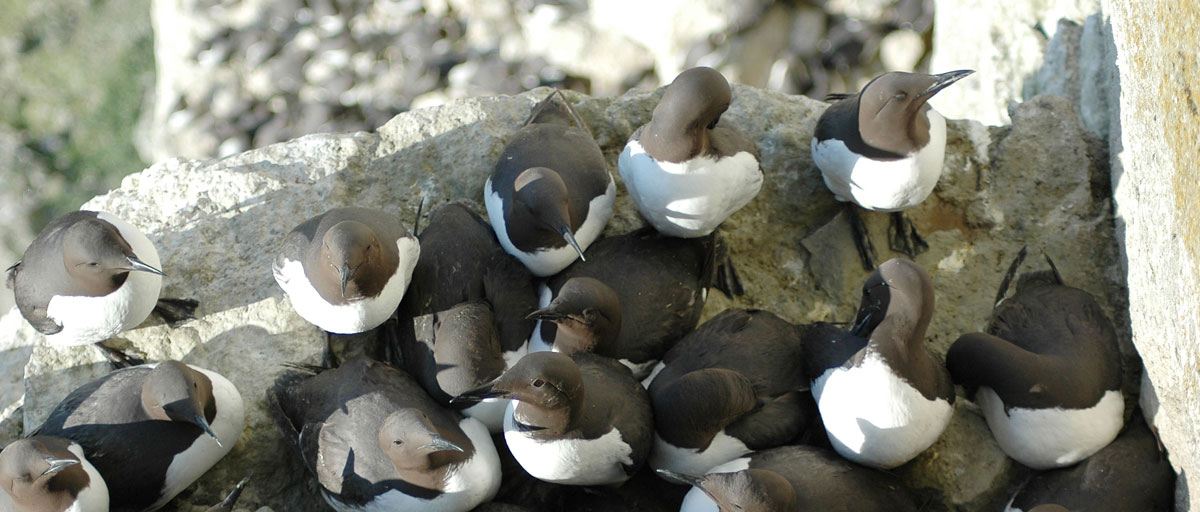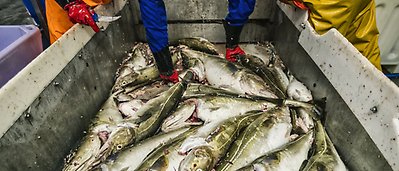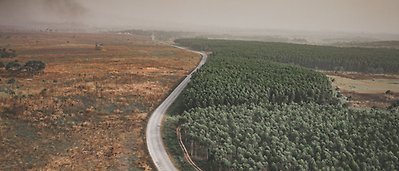Linking demographic and food‐web models to understand management trade‐offs
Summary
Alternatives in ecosystem‐based management often differ with respect to trade‐offs between ecosystem values. Ecosystem or food‐web models and demographic models are typically employed to evaluate alternatives, but the approaches are rarely integrated to uncover conflicts between values.
We applied multistate models to a capture–recapture dataset on common guillemots Uria aalge breeding in the Baltic Sea to identify factors influencing survival. The estimated relationships were employed together with Ecopath‐with‐Ecosim food‐web model simulations to project guillemot survival under six future scenarios incorporating climate change. The scenarios were based on management alternatives for eutrophication and cod fisheries, issues considered top priority for regional management, but without known direct effects on the guillemot population.
Our demographic models identified prey quantity (abundance and biomass of sprat Sprattus sprattus) as the main factor influencing guillemot survival. Most scenarios resulted in projections of increased survival, in the near (2016–2040) and distant (2060–2085) future. However, in the scenario of reduced nutrient input and precautionary cod fishing, guillemot survival was projected to be lower in both future periods due to lower sprat stocks. Matrix population models suggested a substantial decline of the guillemot population in the near future, 24% per 10 years, and a smaller reduction, 1.1% per 10 years, in the distant future.
To date, many stakeholders and Baltic Sea governments have supported reduced nutrient input and precautionary cod fishing and implementation is underway. Negative effects on nonfocal species have previously not been uncovered, but our results show that the scenario is likely to negatively impact the guillemot population. Linking model results allowed identifying trade‐offs associated with management alternatives. This information is critical to thorough evaluation by decision‐makers, but not easily obtained by food‐web models or demographic models in isolation. Appropriate datasets are often available, making it feasible to apply a linked approach for better‐informed decisions in ecosystem‐based management.







